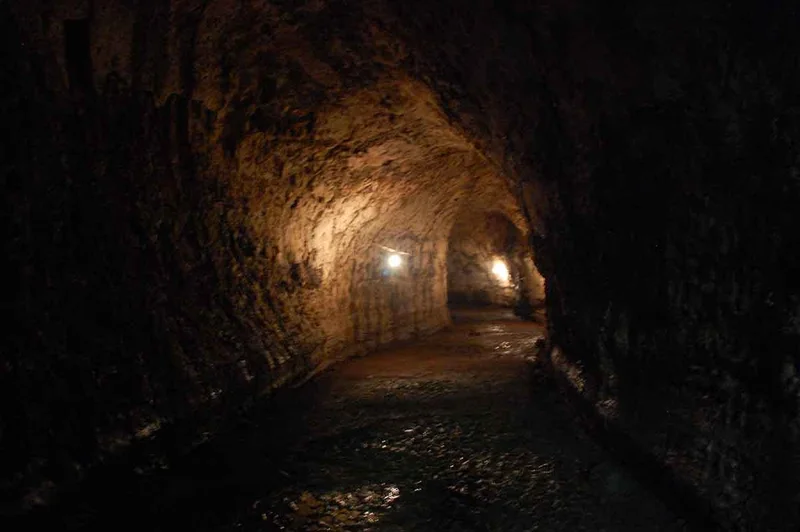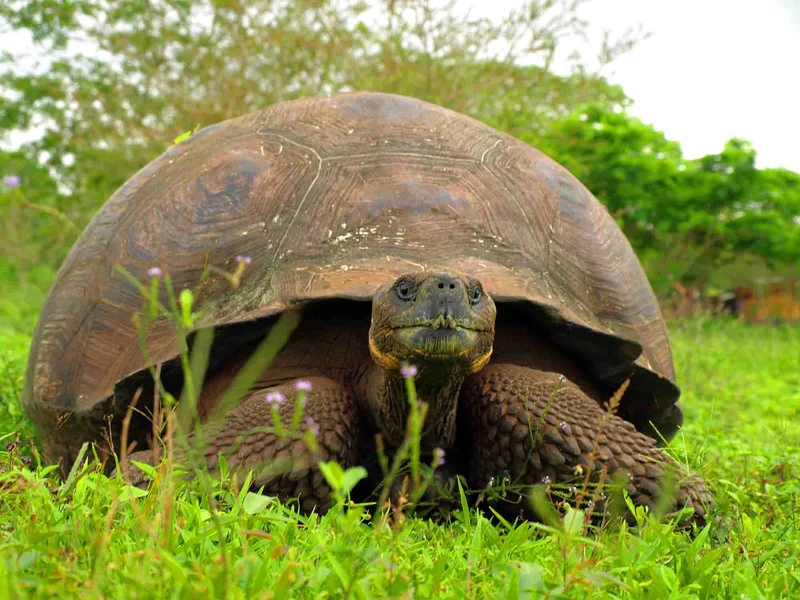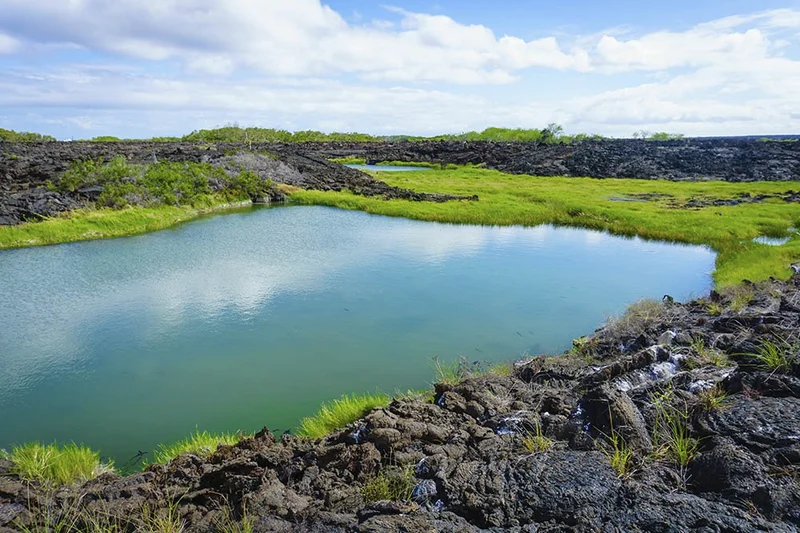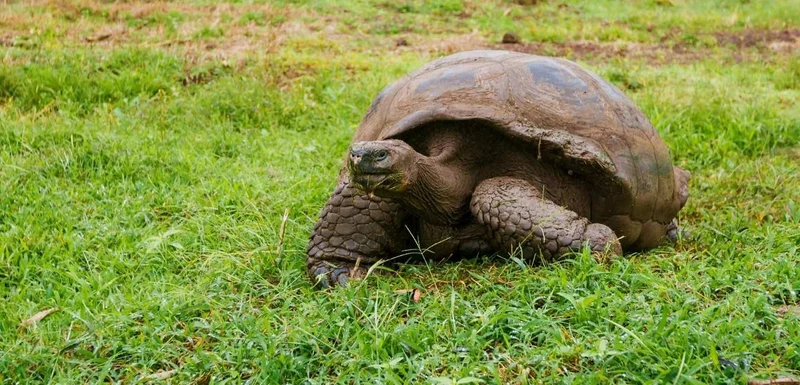
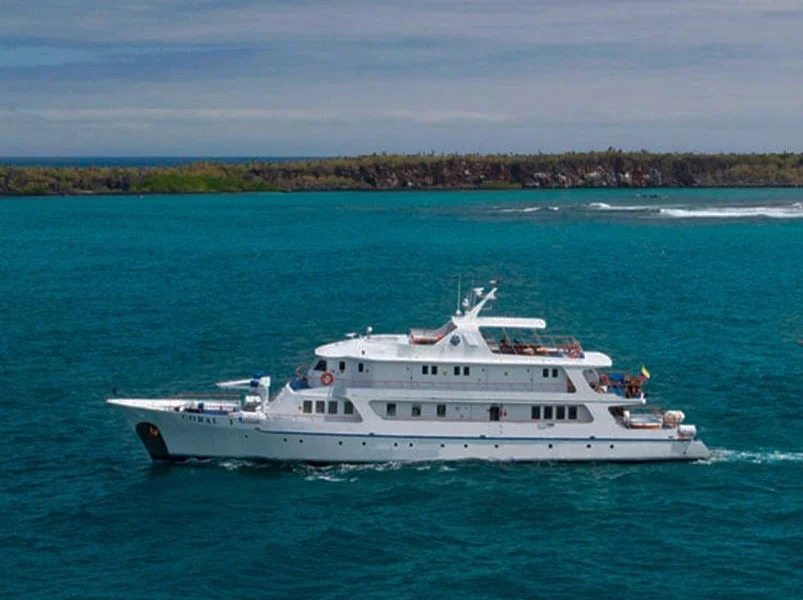
Embark on a 5-day Galapagos adventure exploring volcanic landscapes, unique wildlife, and pristine beaches. Highlights include Santa Cruz’s lush Highlands, snorkeling at Isabela Island’s Vicente Roca Point, and spotting marine life at Fernandina’s Espinoza Point. Visit Santiago’s black volcanic sands, and finish at Santa Cruz’s serene Bachas Beach.
5 Day Galapagos Itinerary
Day 1: Baltra Airport & Santa Cruz Island: Highlands
Departure from Quito or Guayaquil to Baltra Island (2 ½-hour flight). Arriving in the Galapagos, passengers are picked up at the airport by our natural guides and taken to a ten-minute bus drive to the pier to board the M/Y Coral I or M/Y Coral II.
Santa Cruz Island: Highlands
Dry landing. In the mountains of Galapagos is possible to admire different kinds of birds, such as tree and ground finches, vermillion flycatchers, paint-billed crakes, yellow warblers, and cattle egrets (usually standing on the tortoises’ shell). The journey to the reserve offers great opportunities to see the contrasts that the island offers in reference to the variety of ecosystems. The road goes from the coast through the agricultural zone and straight up to the dense humid forests. Often, Galapagos Giant Tortoises are also seen on the way, wandering through pastures in the paddocks. This spot is a bird watchers’ haven since almost every land bird present on the island lives or migrates here.
Day 2: Isabela Island: Vicente Roca Point & Espinoza Point
Vicente Roca Point
Great deep-water snorkeling at one of the richest marine havens on Earth, the Bolivar Channel in Vicente Roca Point Accessible by water, we take a dinghy ride along the coast to observe a great diversity of sea and coastal birds; Nazca and blue-footed boobies, noddies, brown pelicans, penguins, flightless cormorants. The upwelling of cold water currents in this part of the Galapagos gives rise to an abundance of marine life, a perfect place for deep snorkeling.
Espinosa Point
From Espinosa Point, is possible to admire a wide view of Isabela Island across the Bolivar Channel, an area that boasts some of the highest diversity of endemic sea fauna in the Galapagos. Here the largest, most primitive-looking marine iguanas are found mingling with sea lions and Sally Lightfoot crabs. Fernandina displays a wonderful opportunity to encounter flightless cormorants at their nesting sites, Galapagos penguins and the “King” of predators on the islands, the Galapagos hawk. Pa-hoe-hoe and AA lava formations cover the majority of Fernandina terrain. Vegetation is scarce inland, with few brachycereus cacti. In the shore mangrove can be found
Day 3: Isabela Island: Urbina Bay & Tagus Cove
Urbina Bay
Wet landing (might be difficult due to the tide) in Urbina Bay. Volcanic black beach, depending on the season, it is possible to find giant tortoises, land iguanas, and the unusual flightless cormorant. After a short walk inland it´s snorkeling time, a chance to swim with sea turtles, sea lions, and countless tropical fish. Urbina Bay features a wide variety of plants with the different range of colors in flowers, attracting different insects, birds, and reptiles. One of the highlights of the island is the uplifted coral reef that resulted from the 1954 seismic activity; here the views of Alcedo Volcano are remarkable. When navigating from Urbina to Tagus Cove whale watching is usual in May – December.
Tagus Cove
In Tagus Cove we have a dry landing, now we are on Galapagos’ largest island where we will learn about the eruption of the five volcanoes that form it. The trail leads to Darwin’s salt-water crater lake and excellent views of lava fields and volcanic formations. We will return by the same path for a dinghy ride along a shoreline full of marine wildlife, where we will admire a variety of seabirds, such as blue-footed booby, brown noddy, terns, flightless cormorant and depending on the season, a large number of Galapagos Penguins which are only 35 cm tall; the only penguin species in the world to live in the tropics. The population of penguins on the islands is about 2,000 individuals, most of which live on this western portion of Isabela; others are scattered further south. We will have an opportunity to snorkel in deep water. Graffiti believed to have been left by 19th-century pirates is a curious reminder of an intriguing past.
Day 4: Santiago Island: Egas Port & Sullivan Bay
Egas Port
Wet landing. Egas Port is a black volcanic sand beach, visited by Darwin in 1835. The first section of the trail is formed of volcanic ash (eroded tuff) and the other half is an uneven terrain of volcanic basaltic rock. The unique, truly striking layered terrain of Santiago shore is home to a variety of animals including the bizarre yellow-crowned night heron and marine wildlife including lobster, starfish and marine iguanas grazing on algae beds alongside Sally light-foot crabs. It is easy to see colonies of endemic fur seals swimming in cool water volcanic rock pools.
Sullivan Bay
Wet landing. This site located at the southeastern portion of Santiago Island is of important geologic interest. It features extensive relative young pa-hoe-hoe lava flows formed during the last quarter of the 19th century. In the middle of the lava flow, older reddish-yellowcolored tuff cones appear. Mollugo plants with their yellow-to-orange whorled leaves usually grow out of the fissures. Walking on the solidified lava gives the impression of been in another planet. Tree molds are found, indicating that in that position large size plants grew in small crevices, until the lava flow of past eruptions burned down the flora of the island.
Day 5: Santa Cruz Island: Bachas Beach & Departure
Wet landing. On the north side of Santa Cruz; behind the beach lies two small flamingo ponds were iguanas sunbathe, see coastal birds, Darwin finches, mockingbirds, and gulls, as well as interesting native vegetation like red and black mangrove, salt bushes. This beach is one of the main sea turtles nesting sites in the Galapagos. A turtle can lay eggs 3 or 4 times per season with an average of 70 eggs each time. At this paradisiacal site, we will also find the remains of barges that sank a long time ago, when the United States Navy operated a base during World War II on Baltra Island. Local people modified the word barges to “Bachas”.
After the visit, passengers will be transferred to the airport for their return flight to Guayaquil or Quito.
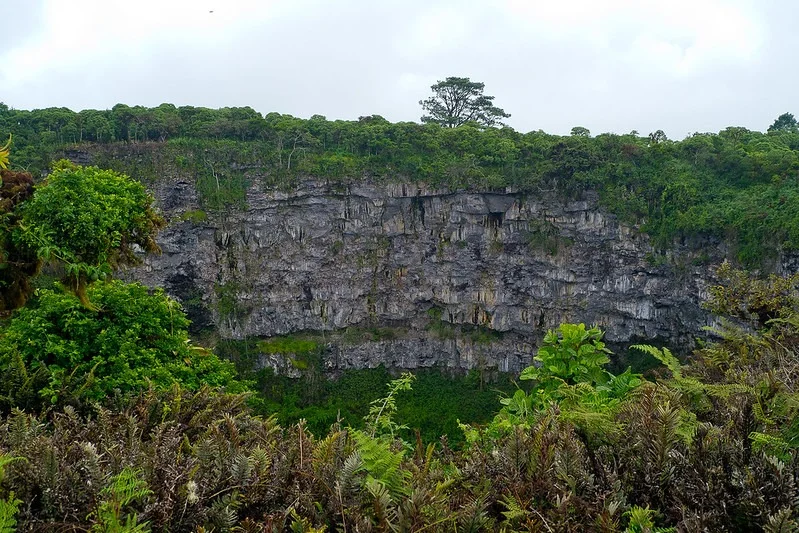
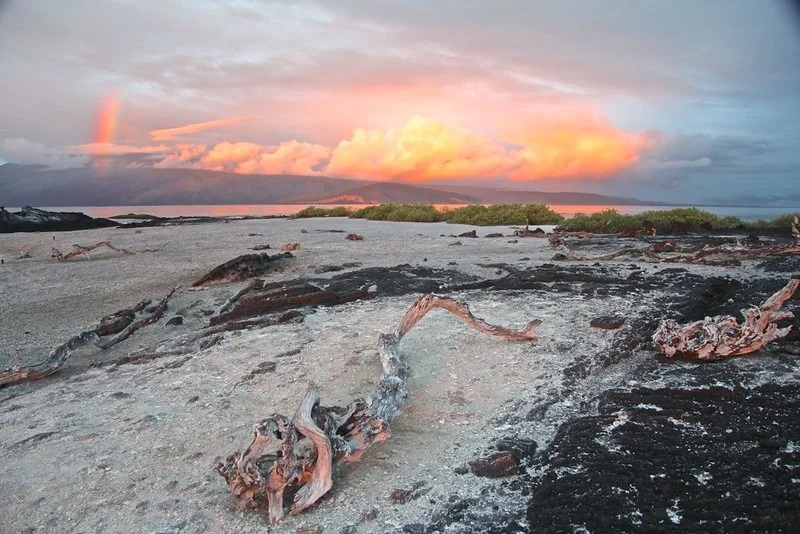
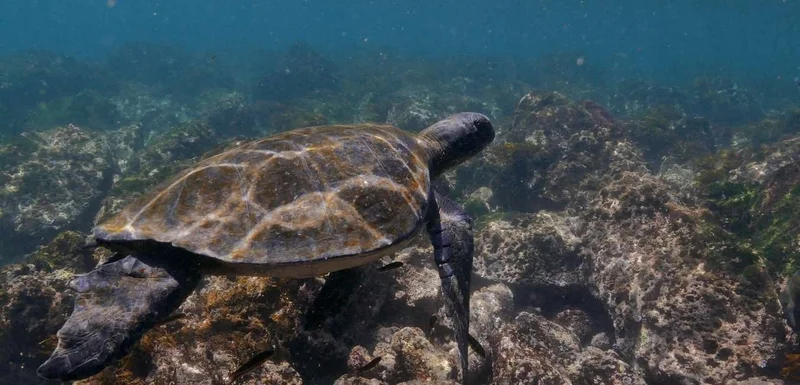
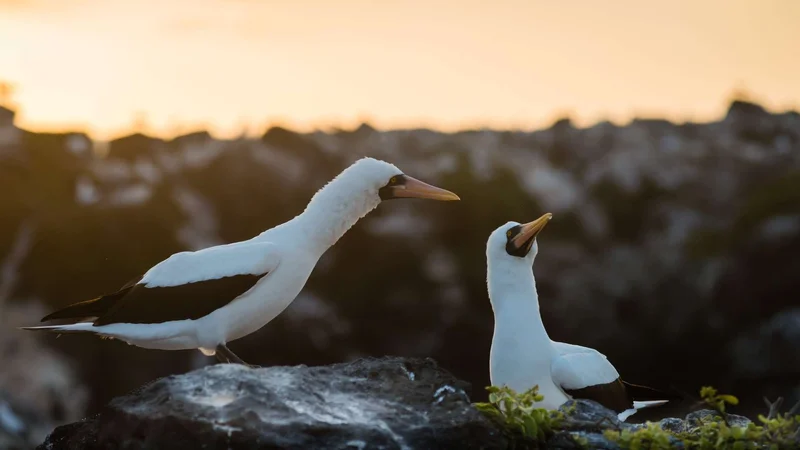
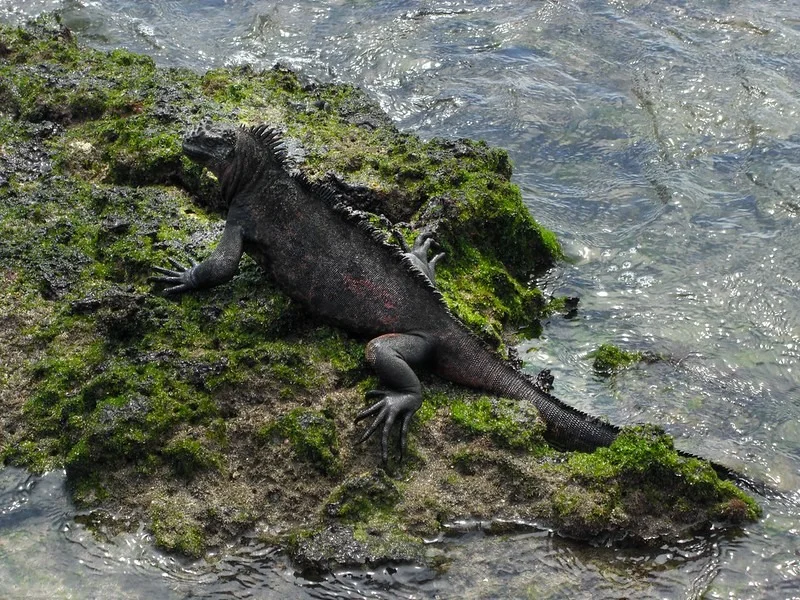
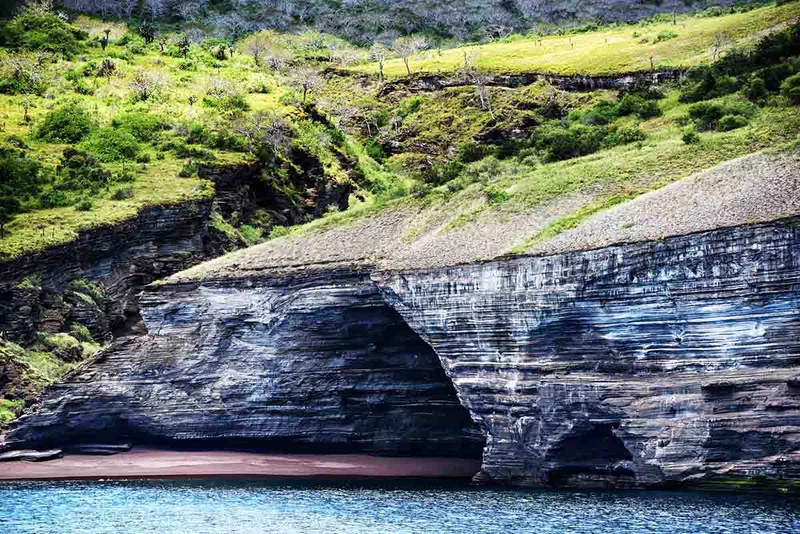
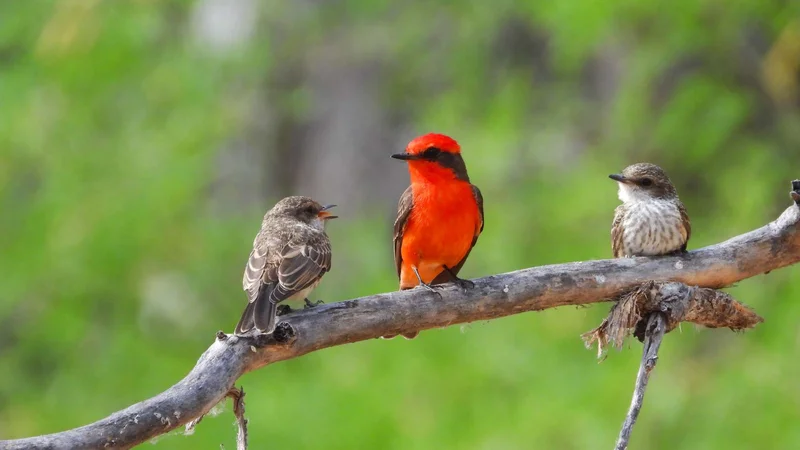
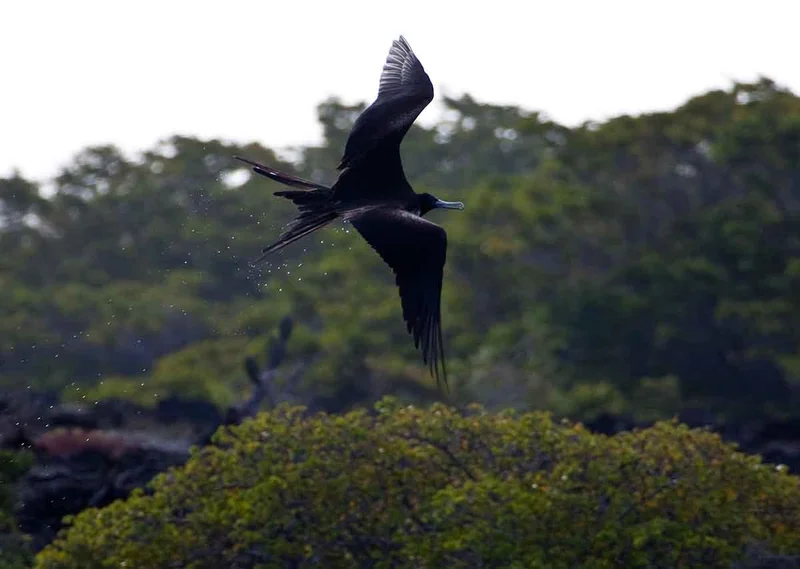
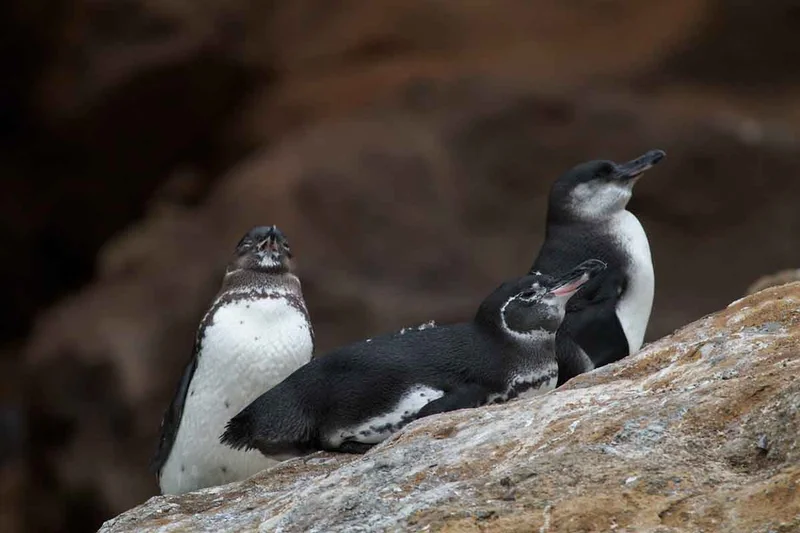
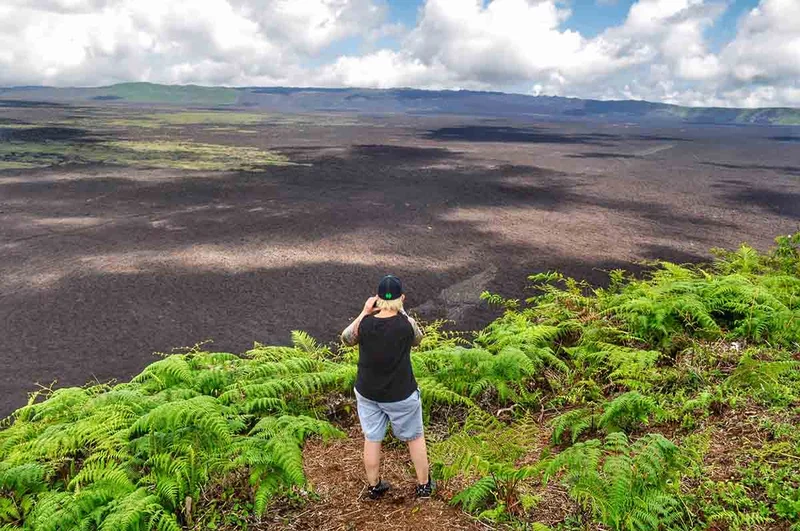
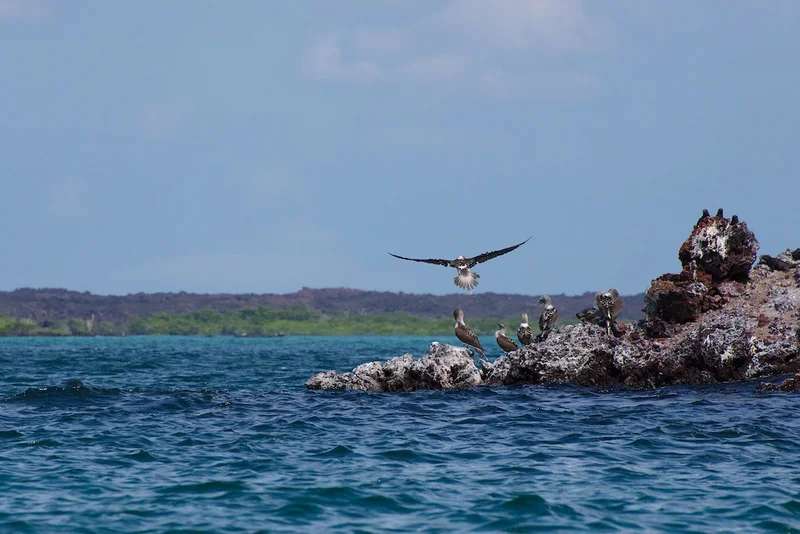
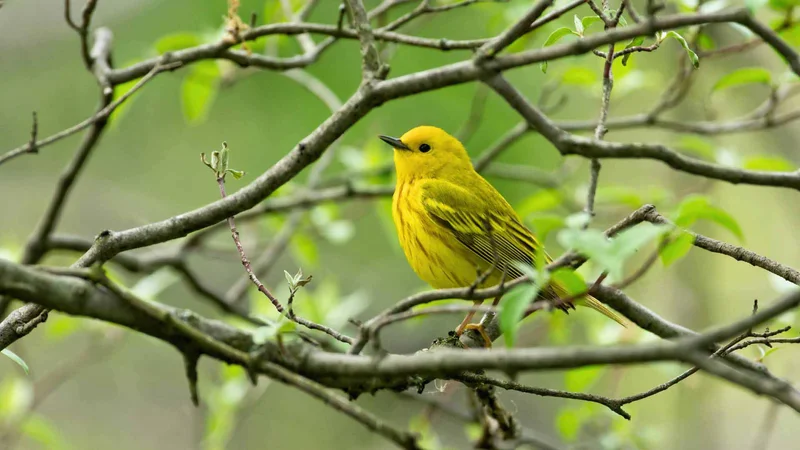
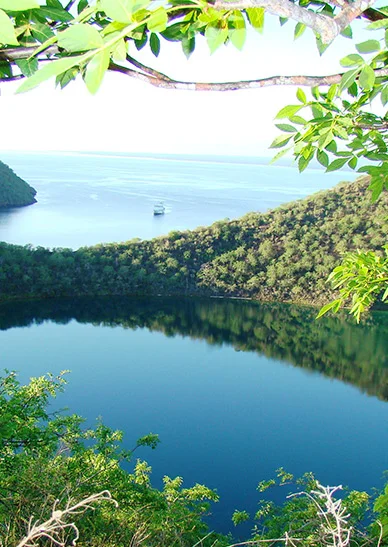
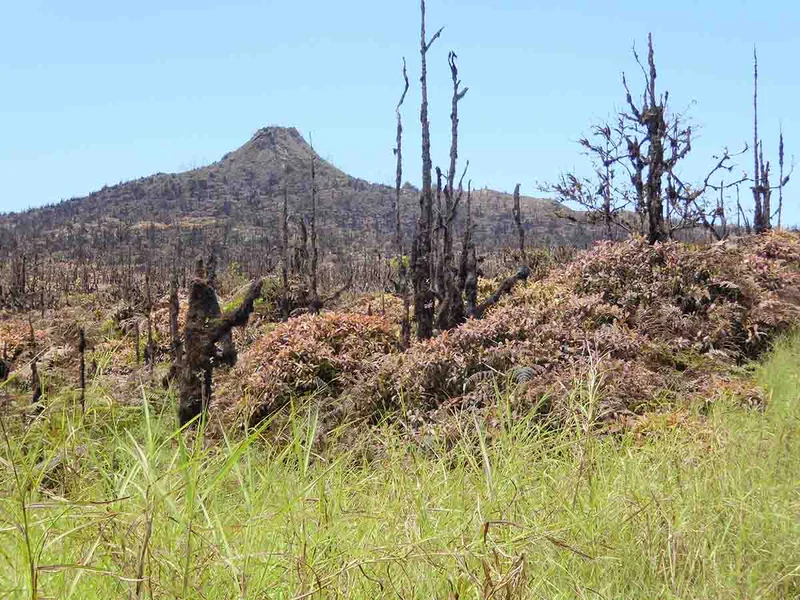
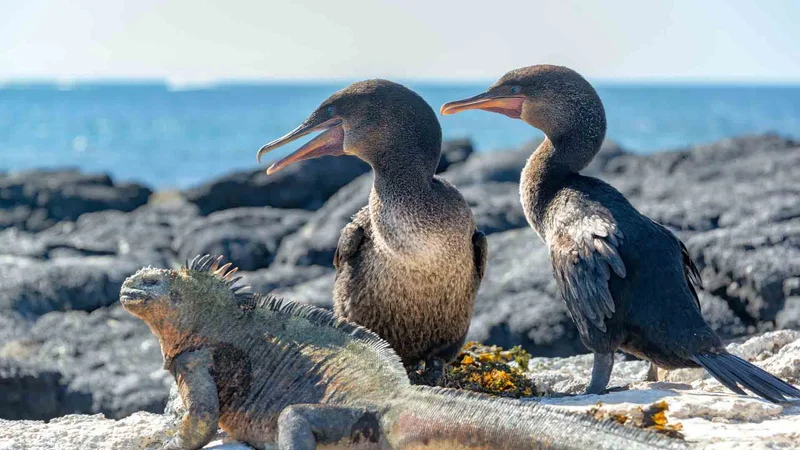
5 Day Galapagos Itinerary Includes
- Sailing cruise with daily visits & excursions accompanied by licensed bilingual (english/Spanish) guide.
- Accommodation in standard cabin with lower berths, private facilities and complete amenities.
- All meals during cruise and some snacks. Drinking water, coffee and tea.
- Snorkeling equipment (mask, fins, snorkel) and sea-kayaks.
- Transfers within islands and between sites on cruise dates and/to from airport in Galapagos.
- Airport assistance on Mainland and in Galapagos and 24/7 Customer Service attention.
- Cruise fuel surcharge.
5 Day Galapagos Itinerary Does not Include
- Flight tickets from/to Ecuador Mainland (to be added).
- Galapagos National Park Entrance Fee $200 per adult & $100 per child under 12 years-old in cash on arrival.
- Galapagos mandatory Transit Card $20 in cash on airport (Quito or Guayaquil) before check-in.
- Personal expenses, extras, tips and drinks.
- Mandatory Insurance: medical, accident and cancelation coverage.
- Any other services on Mainland (hotel nights, transfers, tours, others).
Itinerary Map
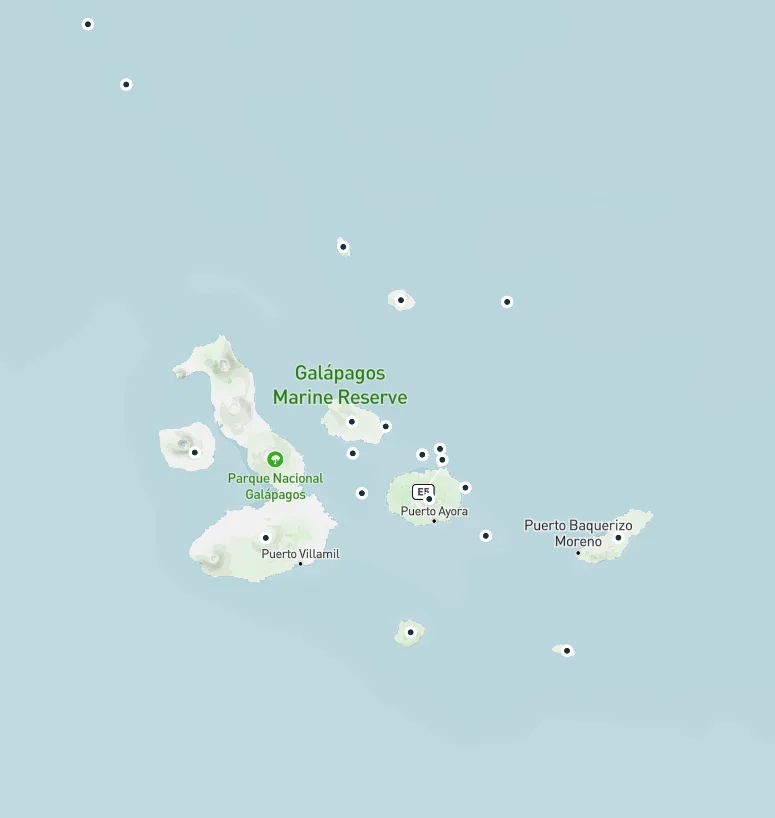
Reviews
Animals you might see on this itinerary:
More information about the Galapagos Islands you visit in this 5 day itinerary:
Western Galapagos Loop 5-Day: Isabela - Coral I & II Yacht
Why travel with us?
Similar Itineraries
